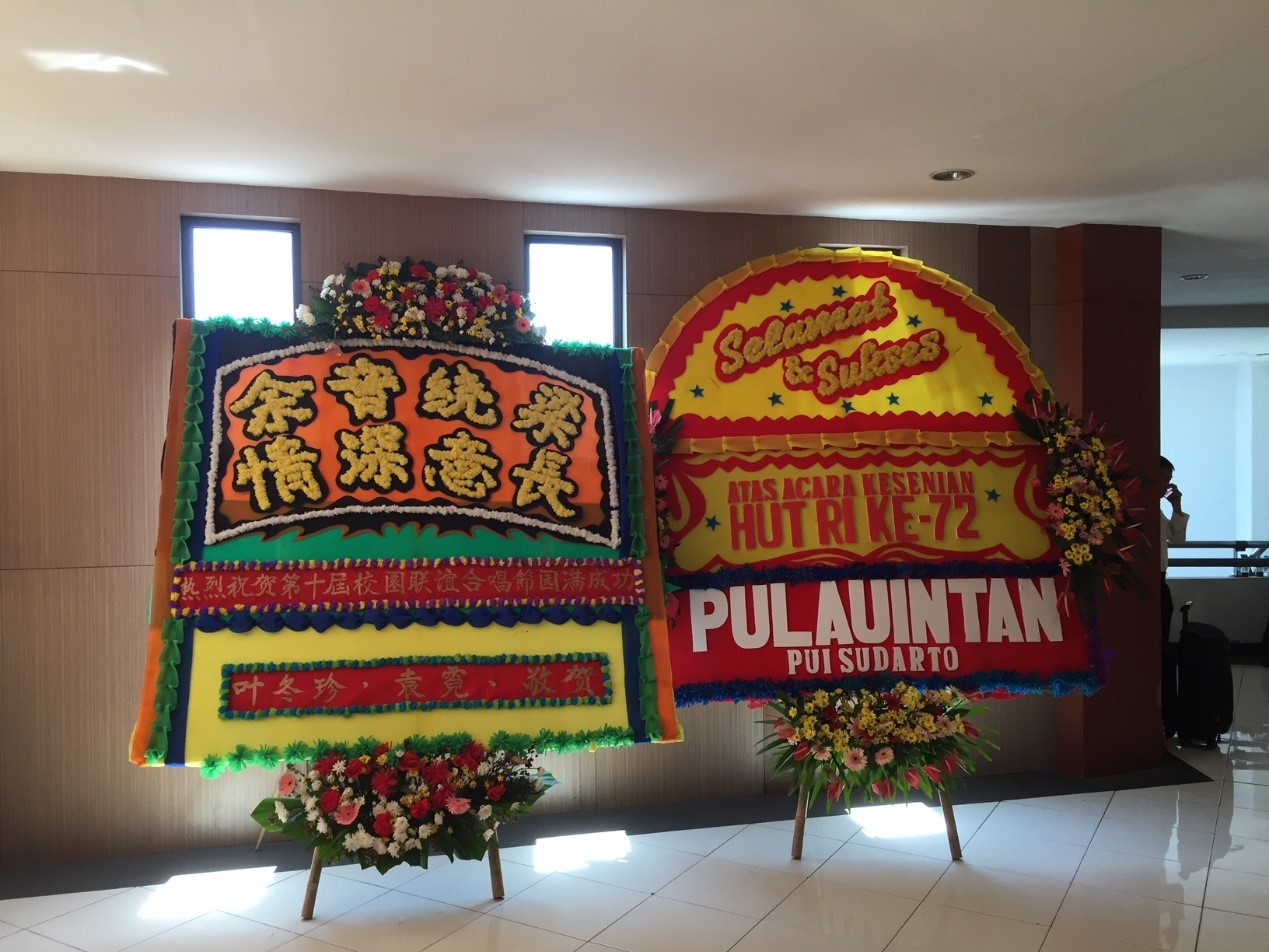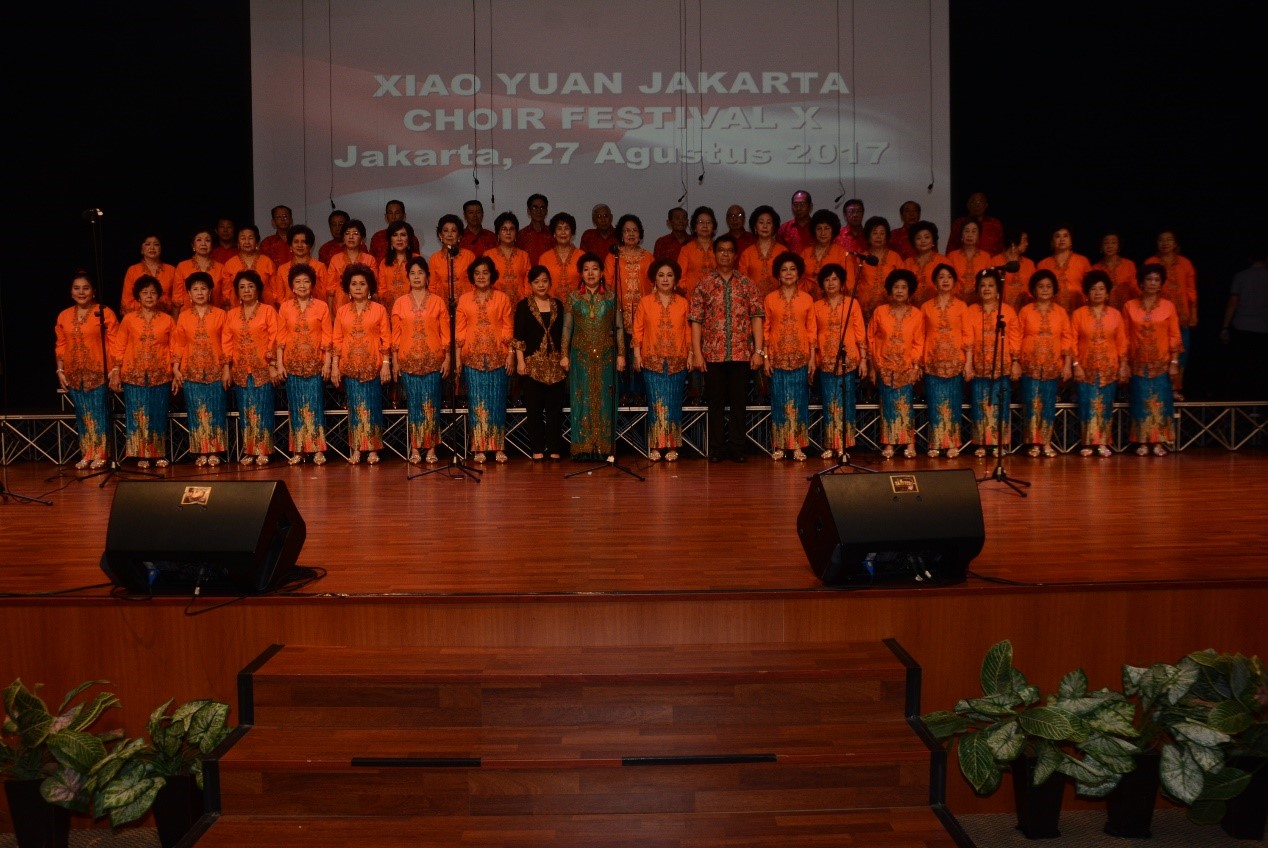Josh Stenberg
17 August 2017 was not the most relaxed Independence Day that Jakarta’s Chinese have ever celebrated. Just three months earlier, Jakarta’s former governor, the Belitung Hakka Christian Basuki Tjahaja Purnama, popularly known as ‘Ahok’, was convicted of blasphemy and sentenced to two years in prison. His rise to the vice-governorship in 2012 and to the governorship in 2014 (after his predecessor, Joko Widodo, was elected president) had been applauded by many Chinese Indonesians in and outside the capital. Many had seen it as the full validation of Indonesian citizenship for ethnic Chinese, a dozen years after the abolition of race-based legislation under former president Abdurrahman Wahid.
Ahok’s failure to be elected as governor in his own right in April 2017 and conviction for blasphemy a month later caused much disillusion within the ethnic Chinese community, and fanned fears that anti-Chinese sentiment may be renewed. It was remarked to me that the use of the term ‘Cina’, deemed offensive by many Chinese Indonesians (who prefer the Hokkien-origin term ‘Tionghoa’), was creeping back into mainstream media usage. It was perhaps unsurprising, then, that Chinese-Indonesian communities were particularly eager to offer to wider society their most patriotic side.
Enter the Xiao Yuan Choir Festival Ke-X, with its eclecticism notable even from the title, a mixture of Chinese pinyin (‘xiao yuan’ means ‘campus’, referring to the origin of most choirs in alumni associations), English, Indonesian, and Roman numerals. Each of the 25 choirs, comprising 20 to 70 members, performed one song in Mandarin and one in Indonesian or a regional Indonesian language, accompanied by recorded or live piano. Add in the solo performances, and the festival lasted a little over seven hours.
As with other public performances associated with Chinese communities, such as the processions and shows surrounding Imlek (Chinese New Year) and Cap Go Meh (Lantern Festival), the Independence Day festival is an opportunity for community associations to assert both cultural pride and national patriotism. Identification with and performative expression of Chinese culture are particularly strong among those who were educated in the Mandarin-language schools which operated in the Sukarno era, before being banned, demolished or re-purposed under Suharto’s New Order.
Today, the role of schools in Mandarin-language education, in some cases revived as trilingual schools (Indonesian-Mandarin-English), has meant that community organisations – such as choirs – are run under the auspices of alumni groups. The choir festival is run by the Chinese Schools Association (校園聯誼). Other choirs are also organised according to a place of origin in Fujian or Guangdong (such as Yongchun, Xing’an and Meizhou) or in Indonesia (Malang, Yogyakarta, Pontianak, Palembang, Bandung). One choir present was made up of the Jakarta-based members of a pre-1965 school from elsewhere in Indonesia, of which few members were under the age of 55.

Festivals such as this illustrate the integrated networks of Mandarin-speaking and Chinese-identifying society in Jakarta. Naturally enough, the audience was comprised largely of the families, friends and social circles of the choir members; all but a very few of them Chinese-Indonesian. The venue was itself a major example of Chinese-Indonesian investment in educational institutions. Universitas Bunda Mulia (UBM) is a centre of Mandarin learning in Indonesia, founded by Djoko Susanto, the Chinese-Indonesian owner of Alfamart, one of Indonesia’s largest convenience store chains. UBM features its name in Chinese (慈育大學, or Loving Cultivation University) on its main building, where the festival was held. Its results in China’s international Chinese Bridge competition have also been impressive, and graduates of the program have become news anchors on the Indonesian Mandarin-language channel TV DAAI. A large wreath in the lobby conveyed the well-wishes of local Chinese business people and cultural figures.

The event kicked off with the audience standing to sing the 1946 patriotic song ‘Hari Merdeka’ (Independence Day), one of the nation’s compulsory songs for schoolchildren to learn. As the music played, three Indonesian flags were carried on stage as dignitaries from the organising committee sang along with the audience, the lyrics projected on the screen over the waving flags. Then a young woman in a glittering kebaya and headscarf emerged through the array of notables and recited the five principles of Indonesia’s state ideology, Pancasila.
Solo performances followed, one of them by Yang Huifen (楊惠芬) who had recently returned from Beijing where she placed seventh in the adult competition of the PRC’s singing competition for overseas Chinese, the Water Cube Cup (水立方杯). Since Yang is only 18 years old, several choir members cited her placement as a good sign – if young Chinese Indonesians cannot be attracted to Mandarin through parental or grandparental pressure, perhaps singing would attract them. She sang ‘Ninth Son’ (九兒), a 2014 song written for the television adaptation of Nobel laureate Mo Yan’s Red Sorghum (紅高粱). Yang was preceded by Kong Jingting (孔敬婷), a mainland Chinese member of the Jakarta choral community, who teaches music and conducts choir for a number of groups while pursuing a local singing career. She is a member of a small class of migrants rarely if ever mentioned in the coverage of new Chinese workers in Indonesia, who serve as Mandarin teachers, editors, and – as in Kong’s case – music teachers. There is concern that tightening restrictions on foreign labour may impact the ability of Chinese-Indonesian institutions to deliver Mandarin-based language and culture programs.
Although she is a mainlander known for her performance of Chinese pop standards, Kong Jingting’s choice was the Independence Day perennial ‘Gebyar-Gebyar’ (Glittering Fireworks), written in 1979 by Gombloh. Clothing choices were intriguing, with women choosing mostly between various styles of Indonesian formal wear such as the kebaya, while men opted for batik or Western suits. The projections behind the choir members alternated between pictures of participating choirs, the name of the choir written in Chinese, the waving Indonesian flag, and touristic clips of Indonesia – Balinese temples, Javanese dancing, Lake Toba, smiling fishermen, Mount Bromo, etc.
But it was perhaps the repertoire choices that were most interesting. Selections of Indonesian songs ranged from Budi Susanto Yohanes’ exciting arrangement of the Balinese ‘Janger’, now a standard work for Indonesian choirs; Batak numbers such as the folksy ‘Sigulempong’ and the jazzy, up-tempo ‘Alusi Au’ (Answer Me); and Ismail Marzuki’s 1944 ode of romantic nationalism ‘Rayuan Pulau Kepala’ (Solace of the Coconut Island). The eclecticism of the event held true for the Chinese songs as well, with one group choosing the 1955 song ‘Ga’elitai’ (嘎俄麗泰), a haunting Soviet-sounding adaptation of a Kazakh folk song, most likely a revival from the schooling of the oldest choir members. Another choir selected a Chinese translation of Schumann’s ‘Zigeunerleben’.
Intriguingly, several choirs chose songs adapted specifically for the Chinese community of Indonesia, most notably ‘Let the Whole World Praise You’ (讓世界都贊美你). This is originally a PRC patriotic song, popular in recent years among PRC community choirs both in mainland China and overseas.
The original Chinese lyrics of one passage read:
May the whole world praise the wonders you bring forth.
If it were not the homeland of the dragon,
the great sacred land of China,
how could it be such a marvellous territory?
The Indonesian version, on the other hand, reads:
May the world praise you, praise the beauty of the archipelago,
ah, motherland, I love you, my beautiful homeland,
my beautiful homeland,
this is such a marvellous territory.
Josh Stenberg is a lecturer in the Department of Chinese Studies at The University of Sydney. He thanks Ye Dongzhen for inviting him along, Pi Chen for the photo, and Sydney Southeast Asia Centre for its support. All photos: Josh Stenberg.
